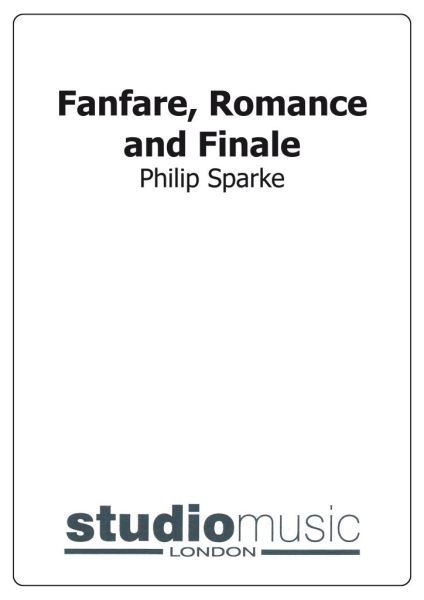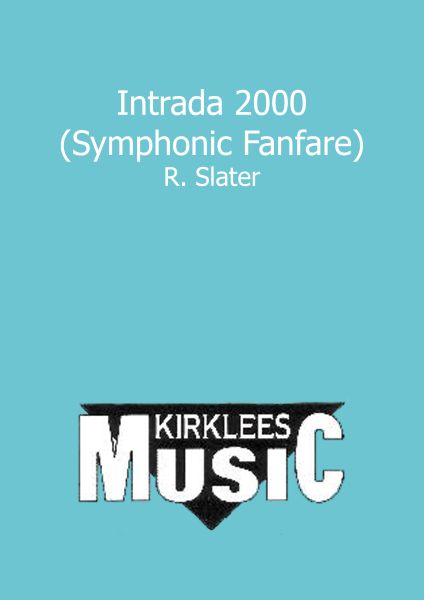We've found 543 matches for your search. Order by
Results
-
 £24.95
£24.95Fanfare Fugato
Estimated dispatch 7-14 working days
-
 £44.95
£44.95Fanfare, Romance and Finale
Estimated dispatch 7-14 working days
-
 £19.50
£19.50Intrada 2000 (Symphonic Fanfare)
Estimated dispatch 7-14 working days
-
£23.00
-
£21.00
European Fanfare - Ludwig van Beethoven - Thierry Caens
Estimated dispatch 7-14 working days
-
£14.00
-
£23.00
Fanfare de la Grande Escurie - Jean-Baptiste Lully - Thierry Caens
Estimated dispatch 7-14 working days
-
£33.00
-
£22.00
-
£21.00
